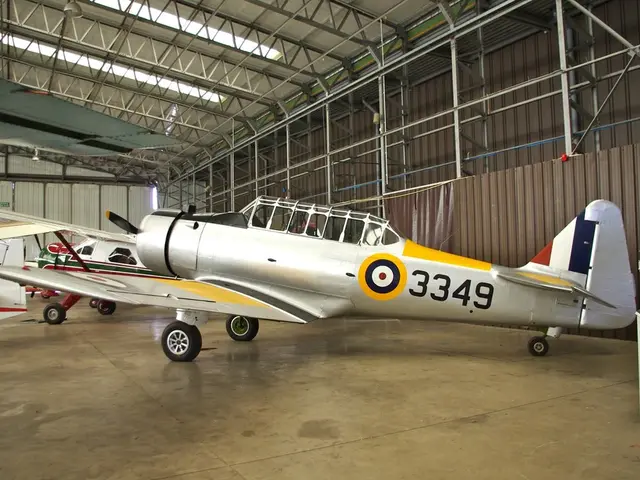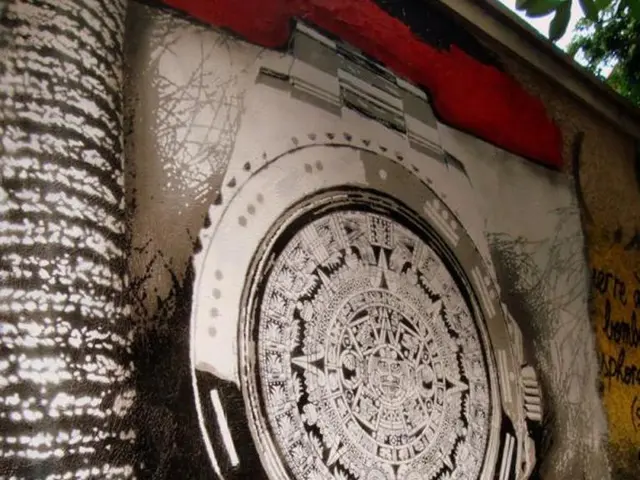SWIR & MWIR Tech Promises Breakthrough in UAP Thermal Signature Research
Unidentified Aerial Phenomena (UAPs) have been a subject of intrigue and study, with recent incidents like the USS Nimitz and USS Omaha encounters sparking interest in their thermal signatures. Shortwave Infrared (SWIR) and Medium-Wave Infrared (MWIR) technology are being explored to understand these phenomena better.
SWIR, covering 0.9 to 3 micrometers, can penetrate haze and smoke, making it useful in remote sensing and mineral identification. In UAP research, variability in reports suggests some UAPs might be colder than their surroundings, implying unique thermal signatures detectable with appropriate technology. The 'Tic Tac' UFO in the USS Nimitz Incident appeared black, indicating it was colder than its surroundings. Similarly, the object in the USS Omaha Incident appeared as a black sphere, suggesting a similar cold signature.
Combining data from multiple sensors, like radar and spectroscopy, can provide a more comprehensive understanding of a UAP's characteristics. However, SWIR imaging might not directly detect temperature but depends on material properties and reflection/absorption of SWIR radiation from the environment. Environmental interaction of a cold UAP with warm water might produce observable secondary effects like steam or mist, aiding detection. The IFEX research center in Würzburg, Germany, is involved in space technology and UAP/UFO research, which may include investigation of detection technologies such as those in the shortwave infrared range.
Exploring SWIR and MWIR technology in UAP research holds promise in understanding their thermal signatures and characteristics. By combining data from multiple sensors and studying environmental interactions, scientists like those at IFEX can gain a more comprehensive understanding of these phenomena.








